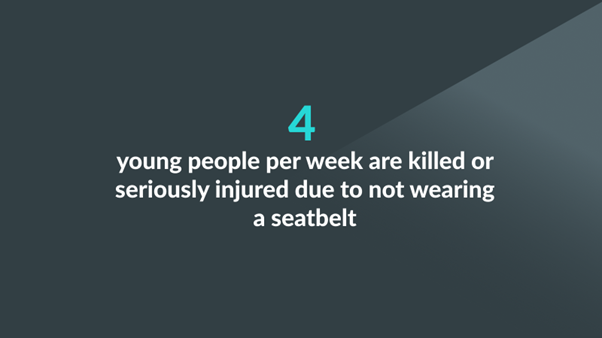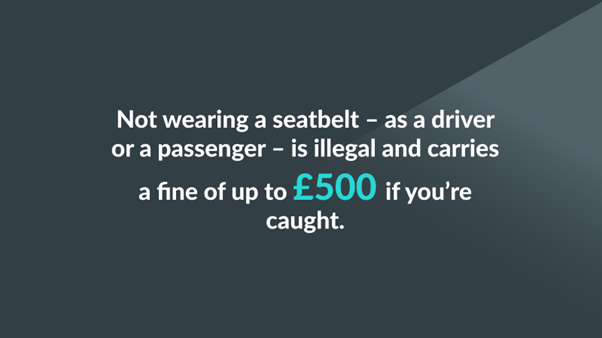Start a chat with one of our agents for sales and service
Our customer service hours are 9am to 5pm, Monday to Friday and 9am to 1pm on Saturdays.
Start a chat
Wearing a seatbelt is one of the simplest yet most effective ways to protect yourself in a car, and has been a legal requirement for every driver and passenger since 1991. That means most new drivers today have lived their whole lives wearing a seatbelt in the car.
Yet the statistics tell a frightening story: 16% of young drivers involved in serious car crashes in 2023 weren’t wearing a seatbelt, rising to 36% when it comes to fatal crashes.1

It’s not just drivers – people aged 17-24 make up 54% of all passengers who die without a seatbelt on, with those in the back-seat at the most risk.
Seatbelts are one of the most important road safety improvements ever legislated, but they’re being overlooked by a worrying number of people.

Seatbelts are designed to keep you in your seat in the event of a collision. Without one, you risk being thrown forward and potentially hitting the steering wheel, dashboard, or being ejected from the vehicle.
The impact of such a collision causes serious injuries like head trauma, broken bones, internal injuries, and, in the worst cases, can be fatal.
Even in a low-speed crash, the force of impact can be significant. A seatbelt helps to distribute this force across your body, reducing the risk of injury. It also prevents you from being thrown around inside the car, causing further harm.
While airbags offer additional protection, they are designed to work with seatbelts, not as a replacement for them. Seatbelts ensure that you’re positioned correctly for the airbag to be most effective.
“It is tragic that, despite these major technological advances, it remains the case that people continue to die or be catastrophically injured because some of us are still not using the most basic and vital vehicle safety feature of all – seat belts.”Jason Wakeford
Head of campaigns at Brake2
1The AA Charitable Trust, Seatbelt Factsheet, January 2025